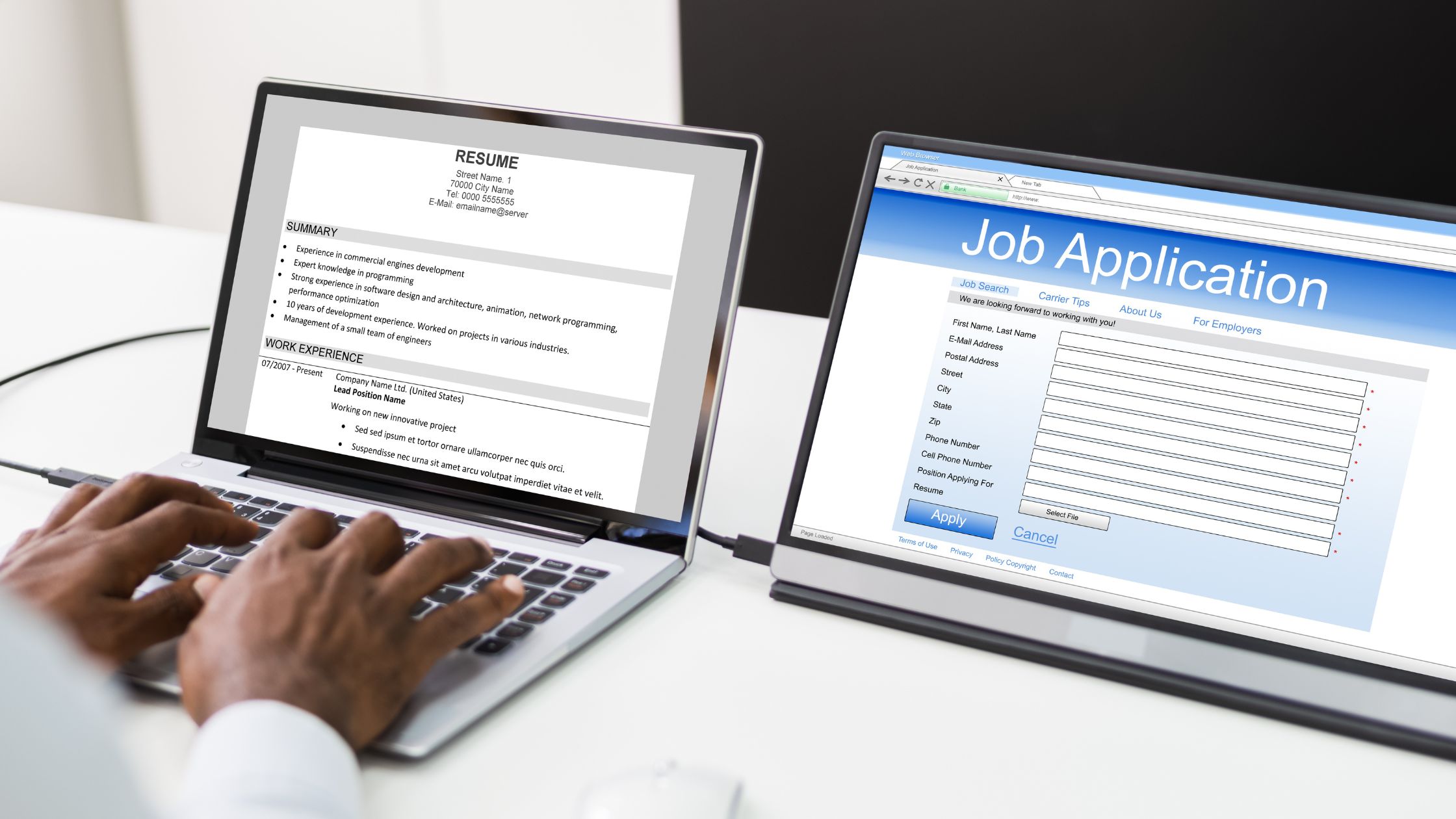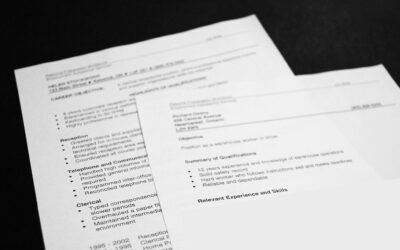Customize Your Resume For Each Job You Target
You might have heard before that one of the best ways to grab a recruiter’s attention is by tailoring your resume to each position you apply to. To many people, this is an intimidating idea — after you spend so much time creating a great first resume, the thought of repeating the process for each new job you apply to sounds like a tremendous time-suck. But the truth is, customizing your resume to each job you apply to is critical if you want to prove that you’re the right person for the job.
The good news? Tailoring your resume doesn’t mean having to recreate the wheel each time. No matter what job you’re applying to, there are a number of things you can keep consistent while still customizing others. Here’s a quick run-through on what items on your resume should change for each job you apply to, and what can stay the same.
What to Keep
Once you have a solid first resume, you can largely keep the same outline and structure for subsequent applications. For example, on the following resume, you could keep the same top-down format of contact info, key skills, prior work experience, education and additional experience.
You could even keep the content within certain sections the same. No matter what job you apply to, you likely won’t need to update cut-and-dry facts like which companies you worked at and when, your education and your job titles (unless you have such an extensive resume that you cut out some earlier, irrelevant positions for the sake of brevity).
Things to Customize
Other components, however, you will want to tailor a bit more. Keep in mind that this doesn’t always mean you’ll need to rewrite entire sections of your resume; often, it’s just a matter of replacing or adding specific details or descriptors. Here are a few items that career experts recommend tweaking for each job you apply to.
1. Professional Summary or Objective Statement
If your resume begins with a professional summary or objective statement, customizing it for each position you apply to is key.
“The summary section of your resume is often your first chance to capture the attention of the recruiter,” says Ann Vu, Career Specialist at Ama la Vida — so make sure it matches what they’re looking for. “Job postings articulate who they are looking for and what they need from their candidates. Your summary should be a snapshot of your career, detailing the extent of your
experiences, described in a way that suggests you are a strong candidate for the job.”
You may also want to write either your current position or the position you are applying for at the top of your resume, with a short summary of your best achievements.
This is also a great place to hint at why you’re a good cultural fit. If the company you’re applying to is focused on giving back to the community, for example, you could add a line about how you’re motivated by making a difference in the world.
2. Career Accomplishments and Highlights
One of the biggest mistakes you can make when applying to multiple companies is keeping the same bulleted accomplishments in your work experience from application to application.
This is the most important part of your resume because it provides examples of the work that you have done in the past, helping the reader believe that you are capable of succeeding in these ways as a part of their company. These details should be tailored based on the needs expressed in the description of the position.
For example, if you are applying for a sales representative role at one company, you will need to focus on revenue growth, sales results and business development in your bullet points. However, if you are applying for a sales management role at a different company, your focus is going to need to hinge on your leadership value — managing teams, leading the business decisions and making business judgment calls.
When adding these accomplishments, keep in mind that the order of how these are listed is also taken into account. Prioritize more relevant/impressive.
3. Skills and Strengths
Why exactly is customizing and updating your skills and strengths section so important? You could respond to three different postings with the same job title, and each organization could have different expectations or needs in terms of what skills they expect you to have.
The best way to find out exactly which skills the company you’re applying to is looking for is to simply print out a copy of the job description and highlight the qualities that the hiring manager is looking for. Then, try to incorporate these into your strengths or skills section to show that you are a great fit for the role.
For instance, if the position requires that you present content to board members, you would be intentional about including the extent of your presentation experience/abilities.
When identifying the most critical skills present in the job listing, make sure to pay close attention to the exact words used in the job description and use the same words to refer to what you did. You need to do this for two reasons: one, if the company you are applying to uses software to scan your
resume, they will be matching the keywords they use, and two, they might have strong opinions on using one term instead of others and consider your use of different words as a sign of less competency.
4. Additional Experience
The additional experience section of your resume — which might describe your experience with volunteering, professional organization and hobbies — isn’t usually the first place recruiters’ eyes are drawn to, but it’s still a good opportunity for you to communicate why you’re qualified for the position and a good cultural fit for the company.
While it may be tempting to list all the details of every board you’ve joined, guest lecture you’ve given or activity you organized outside of work, don’t waste too much space on your resume on this — the recruiter will skip over all of the extra detail as they hunt for specific information that is relevant.
Let’s say you are applying to a human resources job and have volunteered at three different organizations. In two of those organizations, you were on the finance committees while on the third, you were part of the human resources committee. While you can list all three committee experiences down on your resume… It would be a great idea to share details about your work on the human resources committee, highlighting it to demonstrate relevant experience for the job you’re targeting. Similarly, if you’re applying to a teaching position, you might choose to highlight your experience as a camp counselor rather than your participation in an entrepreneurship club.
5. Layout and Style
Non-traditional resumes aren’t a good idea for every position and company, but if you’re applying to a highly creative company, it may help you stand out from the crowd.
Applying for a startup or more creative positions would invite a resume style that showcases your personality, whereas a more conservative company would be more receptive to a standard resume. Do research to learn enough about the company to know what style is most strategic.
But take note — even if you do decide to format your resume in a more creative fashion, it’s important to be mindful of applicant tracking systems and what they are able to scan for to ensure parsing accuracy.
Conclusion:
It may seem like a lot of work to customize your resume to each opportunity you apply to, but remember, the job search is all about quality, not quantity. If you send a hyper-customized resume to five different employers, your odds are almost certainly better than if you sent out a generic resume to ten. And ultimately, that small amount of effort you put into catering your resume to each job description can end up significantly cutting down the time you spend looking for a job.




